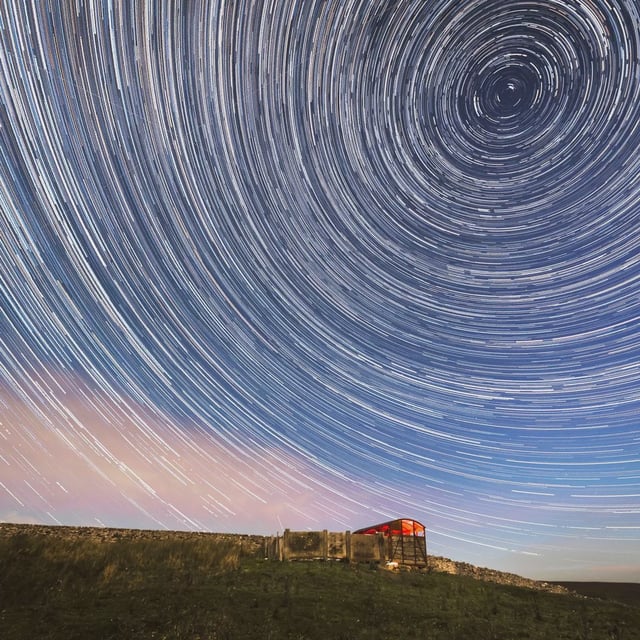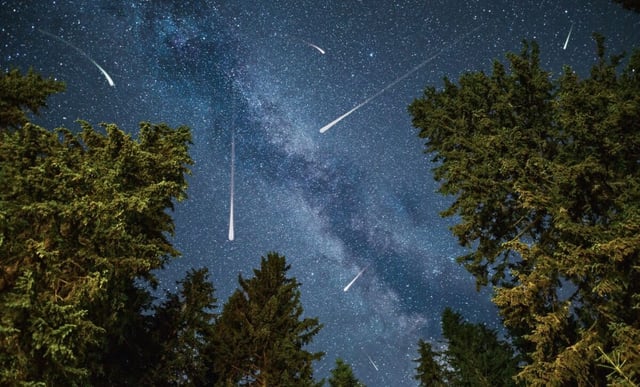Overview
- The Draconids are active October 6–10 and peak on the evening of October 8, but a full supermoon around October 6–7 will reduce visibility, especially for fainter meteors.
- Under ideal conditions the Draconids typically yield up to about 10 meteors per hour and are best viewed after nightfall, with the radiant near Draco in the northern sky.
- The Orionids run roughly September 26 to November 22 with a broad maximum around October 21–22, coinciding with an October 21 new moon that should provide darker skies.
- NASA and Royal Observatory Greenwich guide expectations to about 20 meteors per hour for the Orionids, which are fast and can include occasional bright fireballs.
- Draconids stem from Comet 21P/Giacobini‑Zinner and the Orionids from Halley’s Comet; observers should watch with the naked eye from dark, open locations and treat sensational higher-rate claims with caution.

